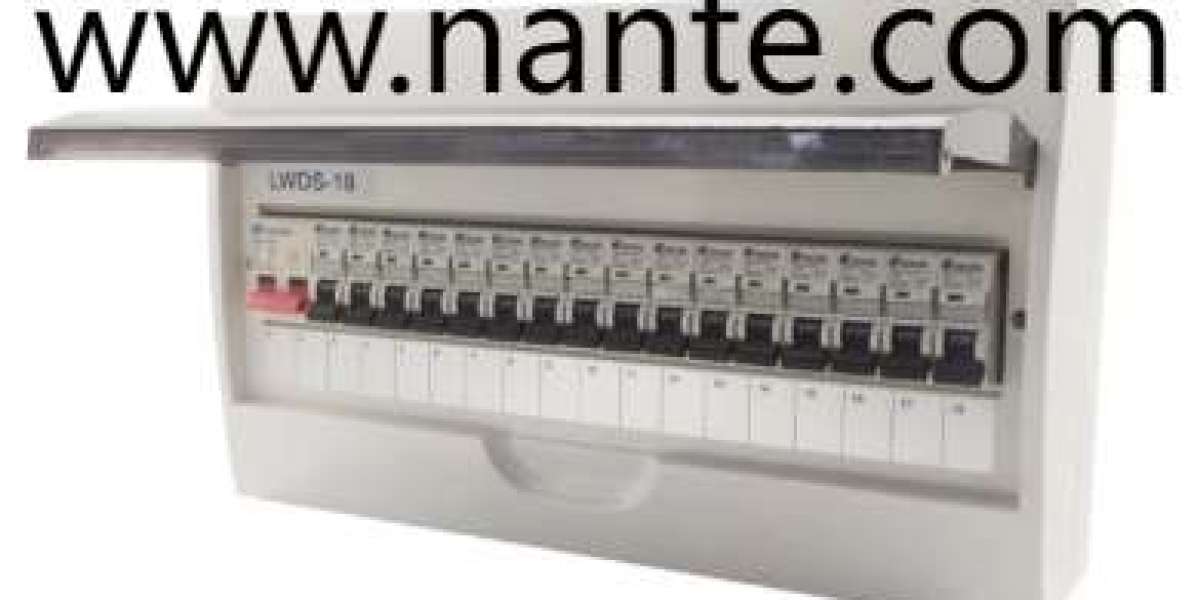Choosing the right industrial socket box for extreme conditions demands careful attention to materials, sealing, and protective features. Facilities operating in dusty mines, corrosive chemical plants, or coastal platforms require an enclosure that shields connections from moisture, abrasion, and impact. By evaluating ingress protection levels, housing alloys, mounting options, and integrated safety devices, engineers can select a cabinet that maintains continuous power delivery and safeguards equipment, even under punishing environmental stress.
First, ingress protection (IP) ratings serve as a critical benchmark for moisture and debris resistance. Units bearing high IP codes employ gaskets and compression seals to block water jets, dust particles, and chemical spray. In food processing or washdown zones, selecting a panel with complete dust exclusion and continuous immersion resistance ensures internal circuitry remains dry during routine hosing. Conversely, in arid, particulate filled sites, protection against fine matter prevents insulation degradation and connection faults.
Housing composition plays a major role in long term durability. Corrosion resistant alloys such as stainless steels or anodized aluminum withstand salt laden air and harsh solvents without pitting. Alternatively, reinforced polymer composites resist chemical attack and absorb mechanical shocks. For installations exposed to ultraviolet radiation, UV stable finishes prevent chalking and maintain structural integrity. Examining each compound's tensile strength, thermal expansion, and flame retardant properties helps identify a match for your application.
Temperature extremes call for interior components engineered to perform whether ambient heat soars or frosty conditions freeze ordinary plastics. Elastomeric seals retain flexibility at low temperatures, preventing gasket cracks that invite moisture. At the same time, thermal venting systems equipped with hydrophobic membranes allow heat to dissipate without compromising the enclosure's barrier against liquids. This balance of airflow and defense extends service life by avoiding internal condensation and overheating.
Mechanical reinforcement ensures stability under vibration and impact. Industrial enclosures often incorporate mounting flanges, shock absorbing feet, or vibration dampers to isolate delicate terminal blocks from constant mechanical forces. In heavy machinery rooms or vehicle bays, vibration resistant clamps and resilient busbars prevent loosening that might lead to arc faults. Hinge mechanisms and quick release latches engineered for repetitive opening cycles maintain seal continuity throughout maintenance routines.
Surge protection and grounding features are indispensable in turbulent electrical networks. Cabinets outfitted with built in surge arrestors divert harmful voltage spikes away from sensitive control gear during grid disturbances or lightning events. Ground fault interruption modules detect stray currents and instantly cut power draw, ensuring both personnel and downstream electronics remain safe. Integrating these safeguards within one enclosure streamlines wiring schemes and reduces the need for additional external devices.
Modular design simplifies customization and future upgrades. Snap in circuit breakers, plug and play outlet modules, and expandable busbar sections let maintenance teams tailor configurations to evolving demands without resorting to extensive rewiring. This flexibility proves invaluable in rapidly shifting production environments or modular plant expansions. Technicians appreciate having spare slots for additional devices, reducing lead times for renovation projects and minimizing operational downtime.
Cable entry solutions complete the protection strategy. Specialized glands and conduit adapters maintain seal integrity around cable bundles, preventing abrasion at cut edges and safeguarding insulation jackets. In tracks and cable runs exposed to chemical drips or hot coolant sprays, selecting glands with reinforced sleeves and locking collars preserves the barrier against hostile agents. Properly sized entries also prevent moisture traps that can corrode internal copper conductors.
Compliance with industry standards streamlines permitting and inspection processes. Cabinets that carry internationally recognized approvals demonstrate adherence to flammability, shock safety, and electromagnetic compatibility guidelines. Having plenty of documentation, including test reports and material certifications, accelerates project sign off and reduces the risk of on site delays. Collaborating with a manufacturer that provides transparent technical support ensures products align with regional regulatory frameworks.
Installation and maintenance workflows must also factor into selection. Lightweight enclosures with ergonomic handles ease handling during retrofit operations or mobile applications. Field technicians benefit from color coded wiring diagrams and pre printed labels that reduce the chance of miswiring under time pressures. Removable mounting plates and swing out doors grant unobstructed access to terminal zones, streamlining troubleshooting tasks and allowing rapid component swaps.
When specifying an enclosure for corrosive gas or particulate environments, consider advanced coatings that inhibit chemical adhesion and allow for effortless cleaning. Smooth, rounded corners and recessed fasteners eliminate crevices where grime and microbes can accumulate, which is crucial in pharmaceutical and food production settings. Hygienic designs simplify sanitation procedures while preventing microbial growth that could compromise both safety and product quality.
Ultimately, matching your site's unique challenges with an enclosure that combines high ingress protection, durable materials, integrated safety mechanisms, and flexible configurations ensures uninterrupted operations. Whether serving petrochemical platforms, agricultural processing lines, or offshore utilities, a thoughtfully chosen unit preserves circuit integrity, reduces maintenance costs, and delivers peace of mind under hazardous conditions. For adaptable, field tested power distribution solutions that excel in tough environments, explore the complete selection at https://www.nante.com/product/ .







